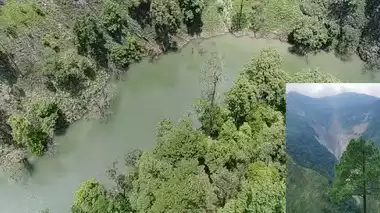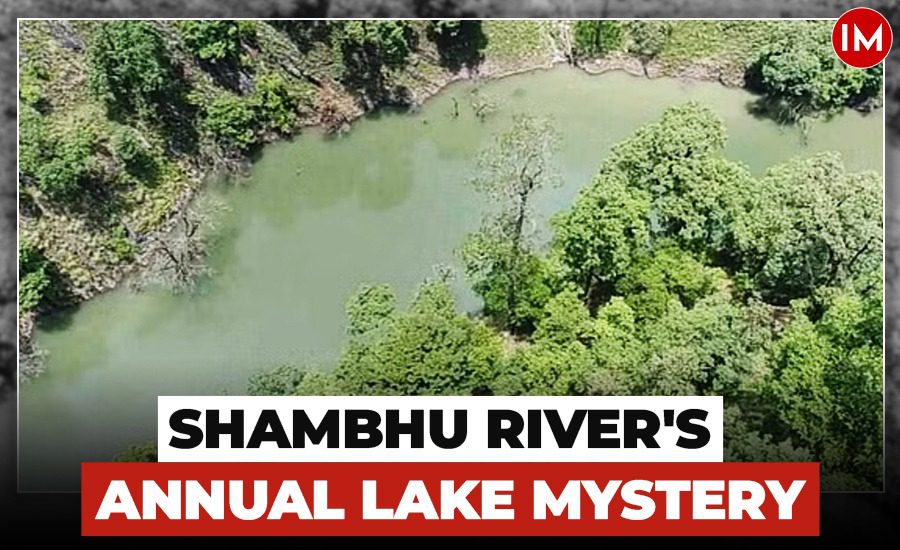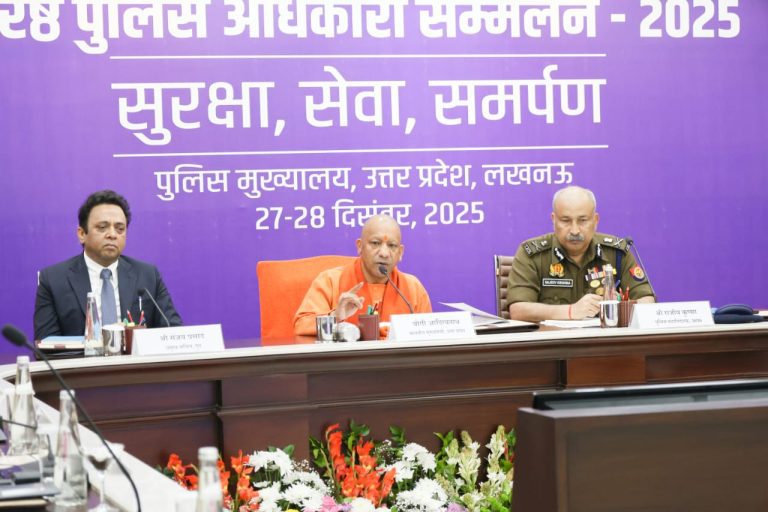In the picturesque Pinder Valley of Uttarakhand’s Bageshwar district, an unusual sight has become an annual occurrence. Each year, landslides block the flow of the Shambhu River, leading to the formation of a temporary lake. While these formations are often minor and manageable, this year’s event was different.
The lake, stretching over two kilometers, raised eyebrows and concerns alike. Residents of nearby villages, including Kunwari in Bageshwar and downstream areas like Armal, Tharali, and Narayanbagad in Chamoli, were on edge. Memories of past instances where sudden bursts of such lakes led to downstream flooding added to the anxiety.
Indian Masterminds spoke with IAS Ashish Bhatgain, a 2017 batch officer, and the DM of Bageshwar, to know details about the same.

A POTENTIAL THREAT AMPLIFIED
“The lake formation is not new, but this time it was larger—about 2,000 meters compared to the usual 500 meters,” said the officer.
The sheer size of the lake this year sparked initial fears. Experts warned of possible catastrophic impacts if the natural dam of debris were to give way suddenly. “Tectonic shifts in the region are causing frequent landslides,” said Professor Sunil Nautiyal, director of the GB Pant National Institute of Himalayan Environment. “Such lakes in Himalayan rivers can lead to devastating floods downstream if left unchecked.”
Initial assessments highlighted the urgency of the situation. With the debris blockage restricting water flow, district authorities kept a close watch. However, to everyone’s relief, the lake had a natural outlet, which gradually drained the accumulated water without causing any damage.

A NATURAL SOLUTION AND WINTER’S ROLE
Speaking about the incident, Mr. Bhatgain noted, “This lake has been forming consistently for the past 3–4 years. What made it stand out this time was its size. Thankfully, a natural outlet prevented the situation from escalating.”
Winter also played a crucial role in mitigating the risk. With temperatures plummeting, much of the water froze, reducing the immediate threat of flooding.
“Had this occurred during the rainy season in May or June, the outcome might have been different. The water would’ve accumulated rapidly, increasing the risk for downstream villages,” shared with Indian Masterminds.

LEARNING FROM THE PAST
The incident underscores the need for vigilance in the fragile Himalayan ecosystem. While natural drainage averted a crisis this time, experts and authorities agree that preventive measures are necessary to address such recurring challenges.
As the region heaves a sigh of relief, it also serves as a reminder of the delicate balance between nature and human settlements in the Himalayas. “Living here means coexisting with such phenomena. But we’ll continue to prioritize the safety of the people and their livelihoods,” he told Indian Masterminds.






























